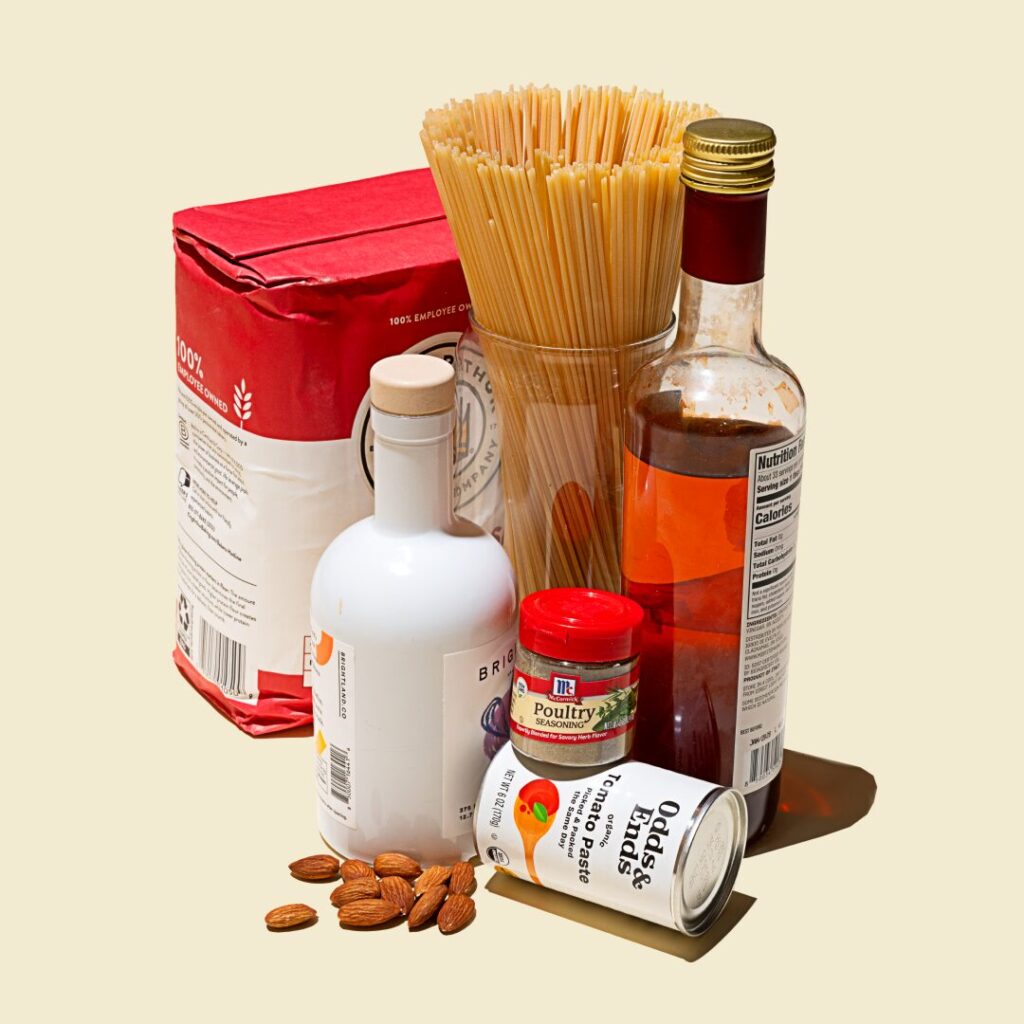
Have you ever tossed perfectly good yogurt because it was one day “past the expiry date?” You’re not alone. Over 80% of Americans report throwing out food because it’s past its expiration date—even though that date doesn’t actually mean the food is unsafe to eat.

It’s not your fault. It’s the food dating system.
The truth is, there’s no federal standard for date labeling on food products (except for infant formula). That means the phrases “best by,” “sell by,” and “use by” on food date labels are confusing, inconsistent, and often lead to good food going to waste.
Who Invented Expiration Dates?
Expiration dates as we know them are a relatively modern invention. The concept began to take shape in the 1970s, when growing demand for pre-packaged foods led major U.S. grocery stores to adopt “sell-by” dates as a way to help store employees manage inventory. These dates weren’t originally intended for consumers, but over time, shoppers started using them as an indicator of freshness and safety.
There’s no single inventor of expiration dates, but much of the early movement came from retailers and industry associations, not the FDA or USDA. In fact, aside from infant formula, there’s still no federally mandated system for food expiration dates in the U.S.—meaning that terms like best by, sell by, and use by are largely determined by manufacturers and don’t necessarily indicate when food becomes unsafe to eat.
What Those Labels Actually Mean
Sell By Date: This is meant for retailers—it’s the last day a store should display the product for sale. It’s not about safety or spoilage.
Best If Used By/Best By Date: These dates indicate when the product is expected to be at peak freshness or quality, as determined by the manufacturer.
Use By Date: This is the last date the manufacturer recommends consuming the product for the best flavor or texture—again, not about safety.
These arbitrary dates are just one more way our outdated food system generates waste. According to the USDA, 30% of food waste happens at the consumer level. And wasted food is responsible for 6% of U.S. greenhouse gas emissions, according to food systems nonprofit ReFED.
What’s Being Done About It?
Misfits Market proudly supports the Food Date Labeling Act, a bipartisan bill that would simplify food date labeling to reduce waste and confusion. The proposed legislation would create a uniform national system using two standard phrases:
- “BEST If Used By” to indicate peak quality
- “USE By” to indicate when a food could become unsafe
This would eliminate unnecessary panic and give consumers the clarity they need to make smarter decisions.
So… Is It Safe to Eat?
In most cases, yes. The USDA agrees that food is generally safe to eat past its date—if stored properly and showing no signs of spoilage.
We recommend using your senses. Here’s what to watch out for:
👃 Smell: Off odors are a red flag
👁️ Look: Mold, strange colors, or bloated packaging? Toss it.
✋ Feel: Slimy or mushy textures where they shouldn’t be are signs it’s time to let go
Bottom Line: Trust Your Senses, Not the Stamp
At Misfits Market, we’re all about reducing food waste—from rescuing surplus groceries to supporting legislation that creates a more sustainable and transparent food system.
So next time you’re about to toss something just because of the date on the label, take a closer look—and a quick sniff—before you waste it.
Want more food waste tips? Check out our guide to what foods last longer than you think.
Let’s fight food waste, one bite at a time.
And if you haven’t already, learn more about our mission to build a better, less wasteful food system at MisfitsMarket.com.

Comments (2)
thank you!!! so sick of food waste!
We’re right there with you! Thanks for being part of the movement with us.